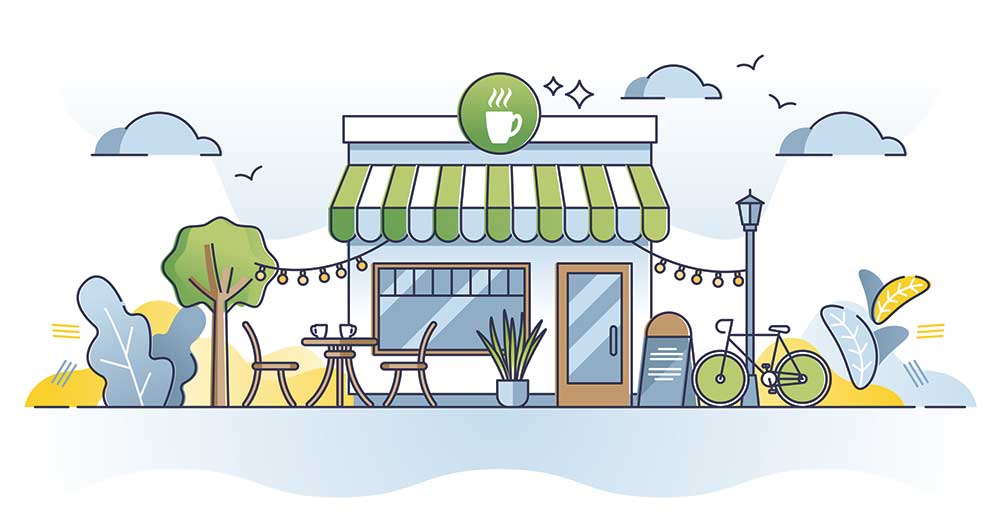Embracing sustainability in food service in 2024 involves implementing practices that reduce environmental impact, promote ethical sourcing and engage customers in eco-friendly behaviors.
Here are ten key strategies to work towards in your goals:
- Source Locally & Seasonally: Partner with local farmers and suppliers to source ingredients. This reduces the carbon footprint associated with transportation and supports the local economy. Use seasonal produce to minimize energy-intensive growing practices.
- Offer Plant-Based Options: Expand your menu to include more plant-based dishes. Highlighting these options can appeal to environmentally-conscious customers.
- Promote Responsible Seafood Practices, Fair Trade & Ethical Sourcing: Choose sustainable seafood options certified by organizations like the Marine Stewardship Council (MSC) or Aquaculture Stewardship Council (ASC). Purchase ingredients that are Fair Trade certified or sourced from suppliers committed to ethical labor practices. Ensure transparency in your supply chain.
- Utilize the Pickling Trend: Canning, preserving, pickling and/or fermenting foods can keep them longer, reducing waste. Not to mention that this trend is a great way to provide amazing flavor for your dishes!
- Use Sustainable Packaging: Switch to eco-friendly packaging materials such as compostable or recyclable takeout bags, containers, utensils and straws. Avoid single-use plastics and opt for biodegradable alternatives.
- Reduce Food Waste: Implement strategies to minimize food waste such as accurately forecasting demand, utilizing portion control, recycling and composting food scraps. Donate surplus food to local charities or food banks to reduce landfill waste.
- Conserve Water & Energy: Install energy-efficient appliances and fixtures. Encourage staff to turn off equipment when not in use and use water-saving practices like low-flow faucets and dishwashers.
- Measure & Track Progress: Set sustainability goals for your business and regularly assess your environmental impact. Use metrics like water and energy consumption, waste diversion rates and carbon emissions to track progress over time.
- Collaborate with Like-Minded Partners: Join local sustainability networks or collaborate with other businesses and organizations that share your commitment to sustainability. Collective action can amplify your impact and foster community engagement.
- Educate Customers: Inform customers about your sustainability initiatives through signage, menu descriptions and online platforms.
By incorporating these sustainability practices into your food service business, you can reduce your environmental footprint, attract environmentally-conscious customers and contribute to a more sustainable food industry in 2024 and beyond.
Looking for more ideas? Check out this blog from Unilever!






